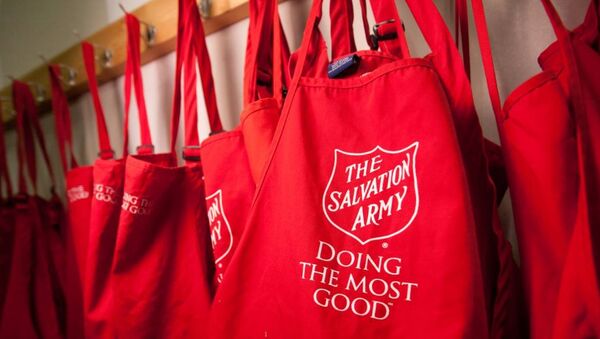"There are more and more people in need of help, including families with children, so we obviously need more donors. With a broad campaign we hope to reach a wider audience," Finnish Salvation Army marketing director Anne Fredriksson told Finnish national broadcaster Yle.
Visually, the campaign appeals to the public through black and white photographs, depicting among others, gaming giant Rovio's ex-director Peter Vesterbacka and former President Tarja Halonen as far less fortunate individuals. Another highlight is a video film, where a middle-class family father is hit by a car, ultimately leading to his downfall.
The Salvation Army hopes to double its proceeds with the help of high-profile guest appearances.
"In previous years, donation campaigns netted 1.5 million euros. Now we thought we could potentially double the earnings and better stress the problems that exist in the Finnish society," Fredriksson explained.
According to Fredriksson, Tarja Halonen was asked to appear in the campaign as an insightful opinion maker who has vast experience in dealing with Finnish society. Conversely, Peter Vesterbacka is known as a successful business leader and often regarded as a lucky person.
"By personally entering the lives of the less fortunate, Vesterbacka and Halonen showed how ill luck could have hit them as well," the press-release said.
In reality, though, Vesterbacka and Halonen themselves never posed for the campaign, but only contributed their faces and risked compromising their official personas for stressing how wrong things can go, Frederiksson explained.
The total cost of the campaign is said to be just over €100,000. This was made possible because the Salvation Army received free space in magazines and on TV, most notably on Finnish national broadcaster Yle's channels, as well as free promotional work.
According to Fredriksson, the typical benefactor in Finland is a private donor, more specifically a middle-aged woman, whereas young people are more likely to contribute to charities by volunteering. The collected money goes to counseling and support groups, camps, service and day care centers, as well as family and youth work.




